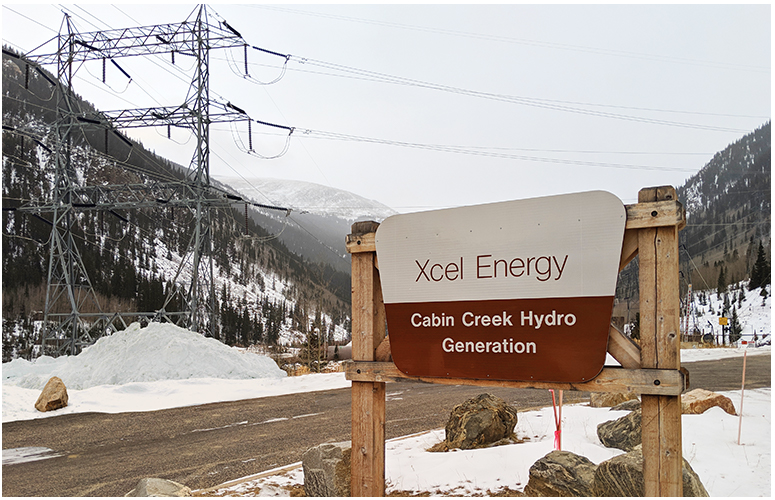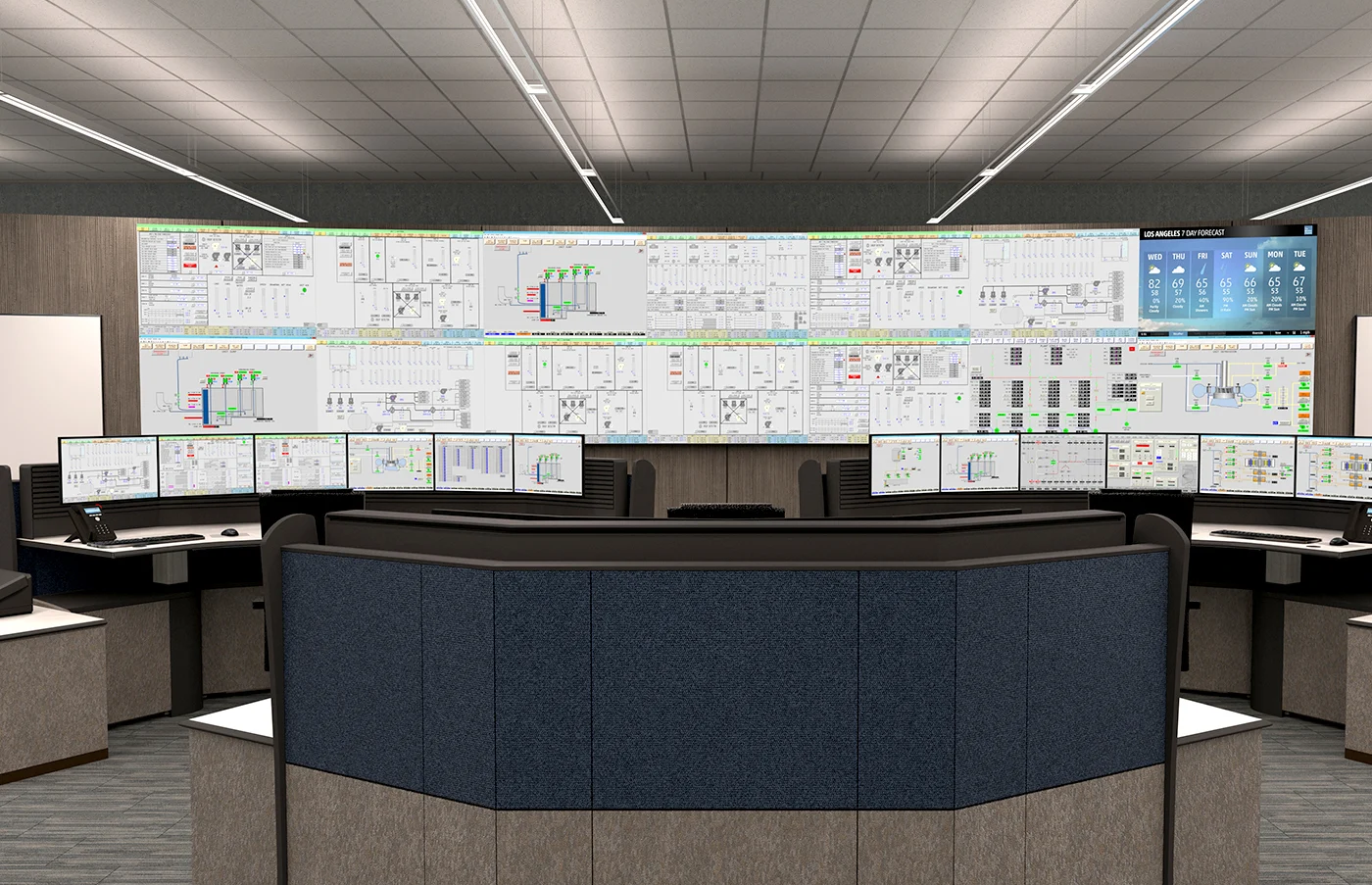
✖
Download White Paper


✖
Download Project Profile


✖
Download Project Profile


✖
Download Project Profile


✖
Send Us A Note


✖


✖


✖


✖


✖

Today’s developers of hydroelectric power plants have the potential to create operational efficiencies during construction that earlier generations could scarcely imagine. Proactive project control systems that address management of documents, risks, costs, schedule and changes are central to their success.


Since it opened in 1961, the Robert Moses Niagara Power Plant has provided a significant baseload supply of clean energy to New York. To maintain performance, reduce failure risks and maximize access to plant data, NYPA has begun the largest single investment in its history to modernize and upgrade the hydropower plant’s control and electrical protection systems.

In need of a consistent control system platform, El Paso Electric set out to upgrade several of its units and sites with a modernized solution. The system allows the utility to increase service reliability and operational efficiency.


Integrating new capabilities into legacy systems can involve untangling complex interactions, but utilities stand to benefit from an incremental approach.


When Xcel Energy’s Cabin Creek Generating Station came online more than 50 years ago, the hydroelectric plant was a marvel of engineering nestled in the Rocky Mountains. The facility remains critical to Colorado’s electric grid today, driving an innovative face-lift to allow operations to continue reliably for decades to come.


Newer distributed control systems (DCS) have features to optimize safety, performance, controllability and reliability. Upgrading to use these enhanced features and mitigate the risks of an aging DCS is a decision that requires proper planning and justification. A thorough control system assessment evaluates the risks and analyzes the potential benefits.


Two reciprocating engine generation facilities in remote areas of Michigan’s Upper Peninsula are models of savings and efficiency for the power industry.


Transformer failures can cause extended facility downtime, lost revenue, and unexpected large capital expenses for the hydroelectric power generation industry. A proactive approach can help in assessing existing transformer condition as well as predicting and planning for impending failures.


Using a new piece of logic within distribution control systems, power plants can further automate their voltage output, building efficiencies into systems and avoiding a NERC VAR-002 violation.


Upgrading older hydroelectric plants can lead to costly changes and scheduling delays. Mitigate these issues with front-end planning for electrical and mechanical equipment replacements and surrounding auxiliary modifications.


© 2025 Burns & McDonnell. All Rights Reserved
At this time, Burns & McDonnell is not offering pure architectural services in the states of Illinois, Louisiana, Montana, Nevada, New Hampshire or New Jersey. We may, however, provide design-build services for architectural projects.